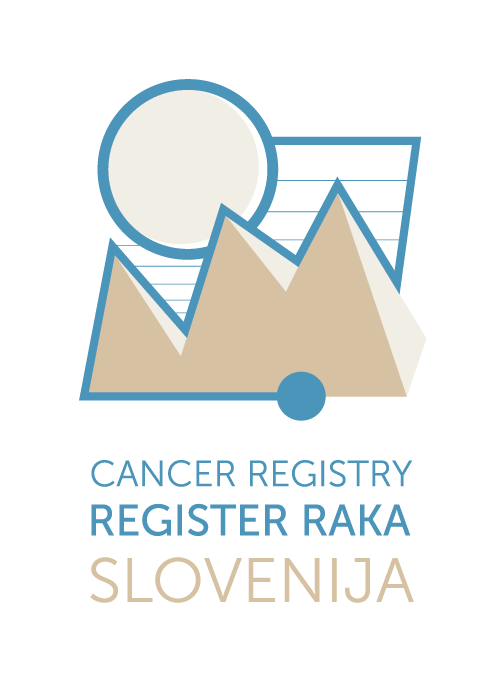Cancer Classification
As in every disease, also in cancer doctors classify the disease (after diagnosis is confirmed with all the investigations) according to an agreed classification system, as treatment and prognosis depend on basic characteristics of the disease. These characteristics include anatomical site of origin, morphology of tissue and extent of disease.
Oncology specialists (surgeons, medical oncologists and radiotherapists) besides standard classifications, use in certain cancer diseases also special ones, as treatment and prognosis depend on special characteristics that are included in them.
Internationally agreed classifications that are used in most of the countries, are important for statistical purposes, as they enable international comparisons of cancer burden. The mostly used are classifications of cancer site, morphology and stage of disease.
SLORA software makes available in incidence measures with basic options an abridged, and with detailed options a complete list of cancer sites and stage.
It should be noted that in complete list there are also some diseases, classified among "in situ neoplasm" and among "neoplasm of uncertain or unknown behaviour". Thy are not counted in "all cancer" category.
For those interested in the overall cancer burden only, there are always two options:
· All cancer sites (C00–C96)
· All cancer sites but skin (C00-C96 but C44)
This is important primarily in international comparisons, as many registries do not register non-melanoma skin cancer because of its very good prognosis and underreporting.
In GLOBOCAN, All cancer sites but skin are available only. In Slovenia, registration of non-melanoma has a long tradition, as we understand that even though it is surgically completely curable disease, it still presents a burden for our healthcare facilities.
Though in Cancer Registry of RS morphology is coded also, the SLORA software does not offer analyses by morphology. In case the user needs these data, he can always apply to the Registry by ground- or e-mail for the data needed.
In mortality and prevalence measures, only data by cancer site are available




